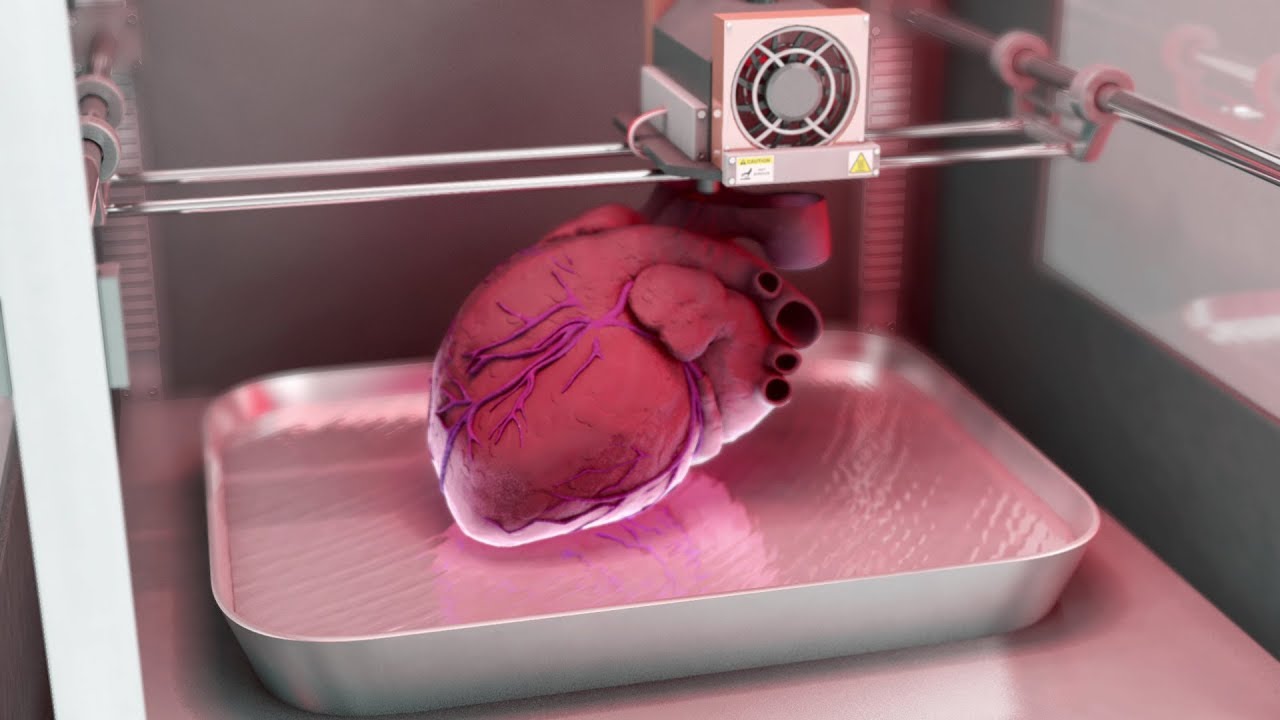The dream of printing replacement organs on demand is rapidly becoming a reality as 3D bioprinting technology advances at an unprecedented pace. With over 103,000 Americans currently on organ transplant waiting lists and countless more worldwide facing similar challenges, bioprinting represents a revolutionary solution to one of medicine’s most pressing problems.
This groundbreaking technology combines living cells, biomaterials, and sophisticated printing techniques to create functional tissues and organs that could eliminate donor shortages and reduce rejection risks. The global 3D bioprinting market, valued at $2.55 billion in 2025, is projected to reach $8.42 billion by 2035, reflecting the immense potential and growing investment in this field. From heart tissues that beat rhythmically to liver constructs that process toxins, researchers have achieved remarkable milestones that were once confined to science fiction.
Current State of 3D Bioprinting Technology
Breakthrough Achievements in Organ Development
Recent advances in 3D bioprinting have yielded impressive results across multiple organ systems. Scientists have successfully created vascularized tissues for the heart, liver, lung, kidney, and other organs using advanced multi-material printers capable of handling seven different types of bio-inks. A particularly notable achievement came from Rice University and the University of Washington, where researchers developed a technique for creating intricate vascular networks that mimic the body’s natural blood vessels, airways, and fluid pathways.
The technology has progressed from simple tissue constructs to complex organoids that demonstrate actual organ functionality. Bioprinted liver tissues have shown the ability to process drugs and toxins, while heart constructs exhibit rhythmic beating patterns similar to natural cardiac tissue. These developments represent significant steps toward creating fully functional replacement organs.
Market Growth and Investment Trends
The bioprinting industry has experienced explosive growth, with medical device manufacturers holding 47% of the revenue share in 2025. This dominance stems from increasing demand for personalized medical devices, implants, and surgical tools. The 3D-printed organ market is estimated to reach $6.8 billion by 2030, growing at an impressive 18% annually.
Investment in bioprinting technology reflects confidence in its potential to revolutionize healthcare. Companies are increasingly adopting bioprinting capabilities to develop precise, individualized solutions that cater to specific patient needs, significantly enhancing manufacturing efficiency while reducing production costs.
Major Challenges Facing the Industry

Technical and Biological Obstacles
Despite remarkable progress, significant technical challenges remain before bio-printed organs can become mainstream medical treatments. The most critical obstacle is vascularization – creating the microscopic blood vessel networks necessary for organ survival. As organoids grow larger, they reach a point where simple nutrient diffusion cannot sustain the cells, requiring integrated circulation systems.
Current bioprinting processes face limitations in speed and scale. While a mini-heart can be printed in four hours, full-sized organs may require up to eight weeks to complete. Additionally, researchers struggle to replicate the complex structural and functional properties of natural organs, particularly their ability to integrate seamlessly with the body’s existing systems.
Regulatory and Ethical Considerations
The path to clinical implementation involves complex regulatory frameworks and ethical considerations. Clinical trials for bioprinted organs present unique challenges, as traditional double-blind studies cannot be applied to personalized treatments. Each bioprinted organ is individually tailored, making it difficult to establish standardized protocols and safety measures.
Ethical concerns include patient consent for experimental procedures, the irreversibility of organ implantation, and questions about cell sourcing and genetic information privacy. Patients cannot easily withdraw from trials after implantation, and the long-term effects of bioprinted organs remain largely unknown.
Future Outlook and Emerging Trends
Technological Innovations on the Horizon
The next major breakthrough in bioprinting will likely involve in situ bioprinting – printing tissues directly within the body to address implantation challenges. Researchers are also developing portable bioprinting systems for on-site medical applications, such as wound care and emergency treatments.
Integration of artificial intelligence and robotics promises to create more automated and sophisticated bioprinting processes. These technologies could enable the production of larger, more complex organs with improved functionality and reduced production times.
Clinical Translation Timeline
While complete organ replacement remains years away, simpler applications are approaching clinical reality. Bioprinted skin grafts, cartilage repairs, and small tissue patches are expected to enter clinical trials within the next few years. More complex organs like hearts, livers, and kidneys will require additional research to overcome vascularization and integration challenges.
The field continues advancing toward a future where organ shortages become obsolete and personalized treatments become standard practice. Success will depend on continued collaboration between scientists, engineers, regulatory bodies, and healthcare providers to address both technical and ethical challenges.

